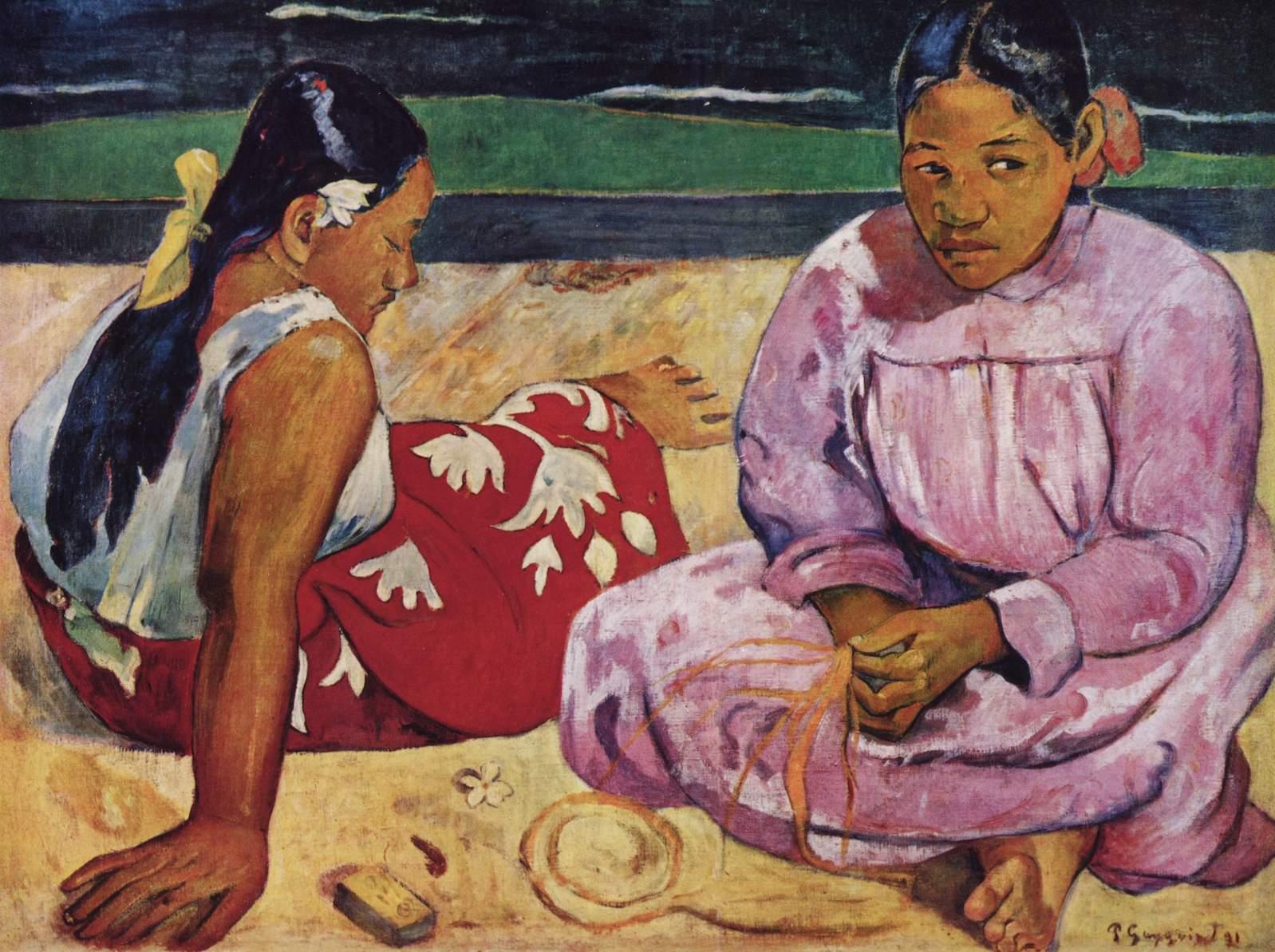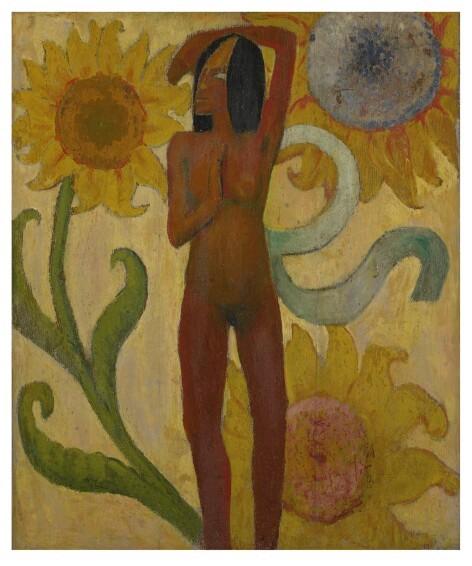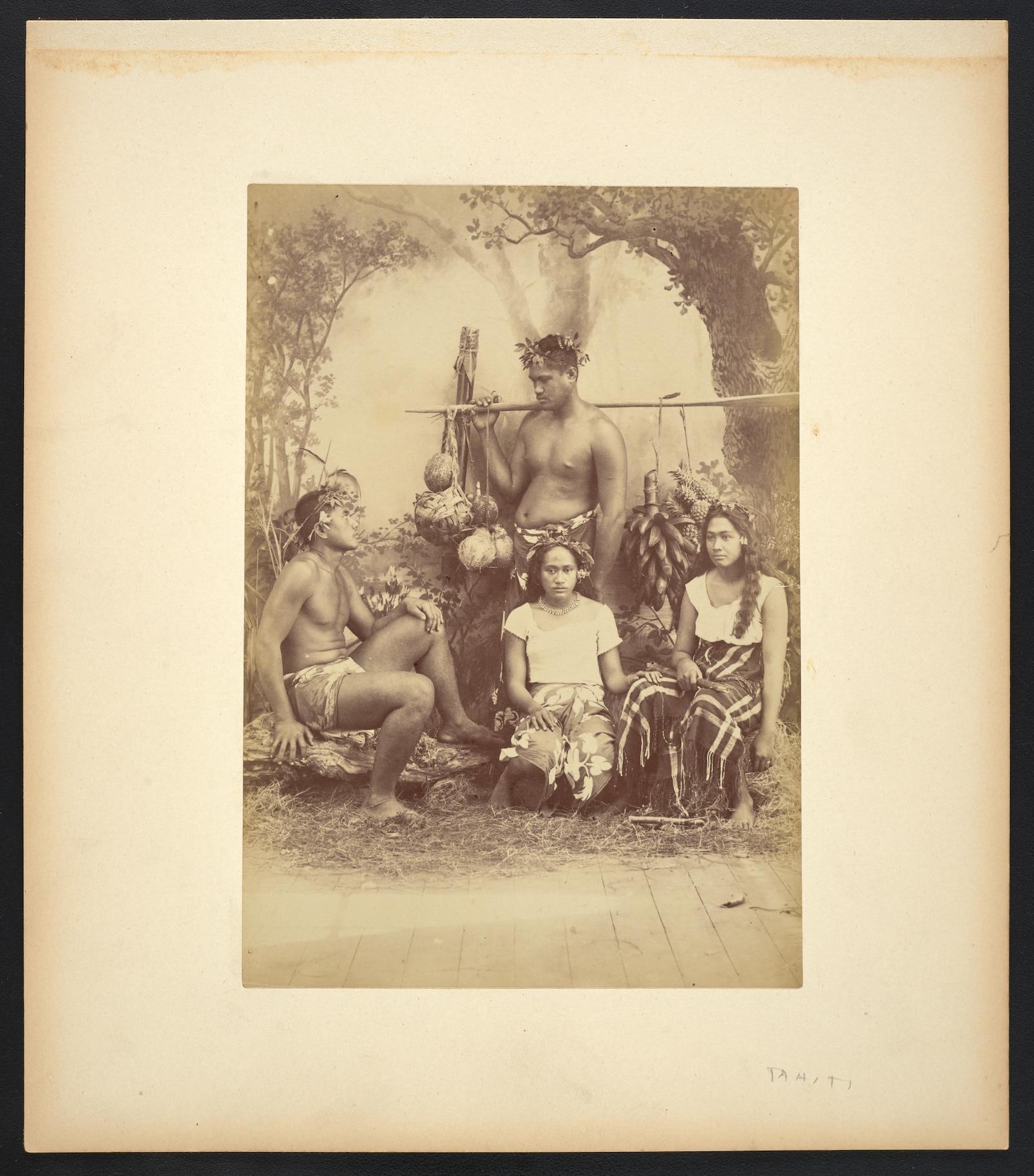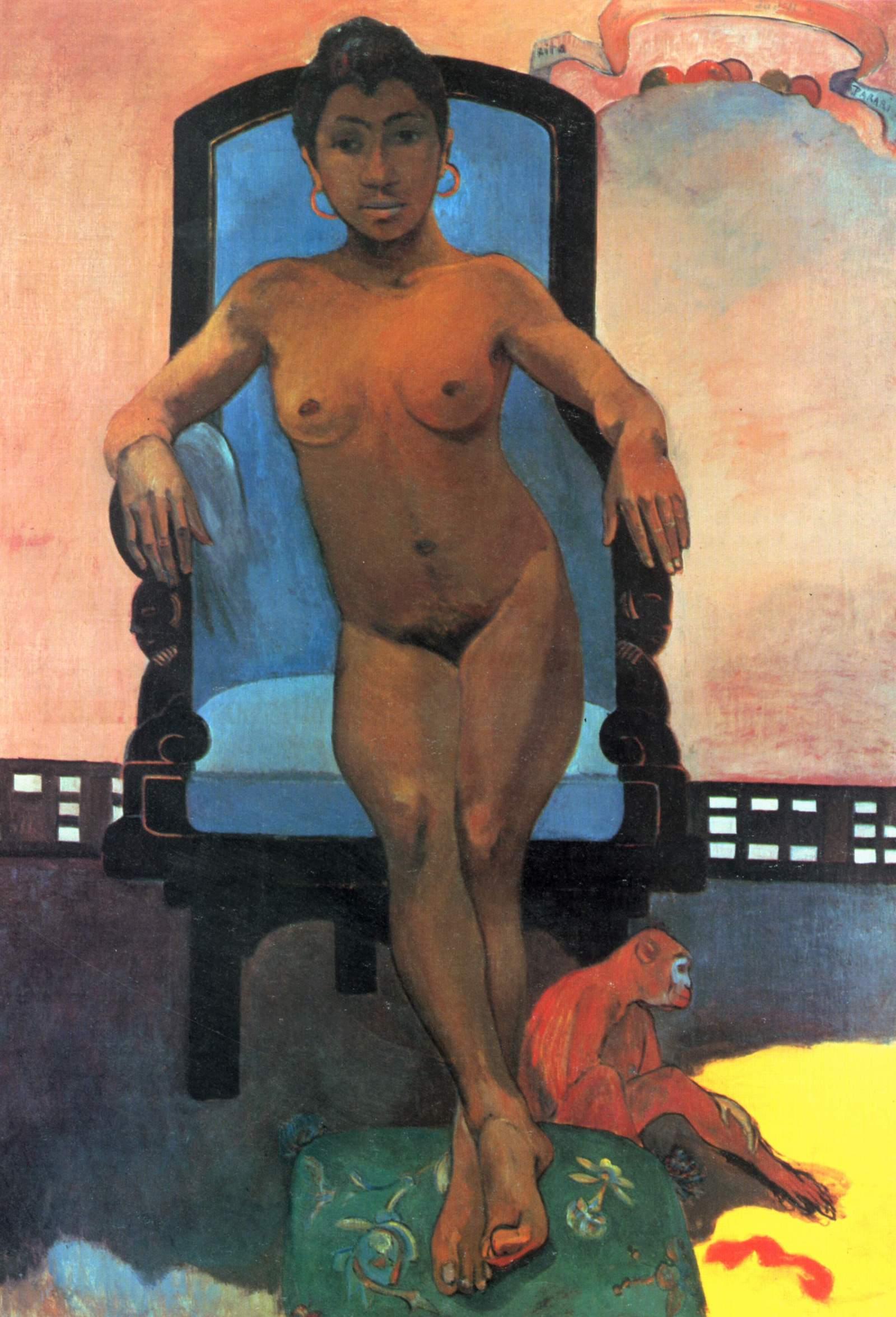This is something that the French artist would be happy—though likely unsurprised—to know. Gauguin dedicated a great deal of his time endeavoring to shape his legacy and project the persona of an artistic genius.
For example, in letters to friends, he claimed more than once to have created specific masterworks without preparatory sketches. He made such a claim about the painting Where do we come from? What are we, where are we going? (1897–8) despite the fact that an early sketch for the artwork remains extant to this day.



























![DEl Kathryn Barton [Australian b. 1972] the more than human love , 2025 Acrylic on French linen 78 3/4 x 137 3/4 inches 200 x 350 cm Framed dimensions: 79 7/8 x 139 inches 203 x 353 cm](/sites/default/files/styles/image_5_column/public/ab15211bartonthe-more-human-lovelg.jpg?itok=wW_Qrve3)



